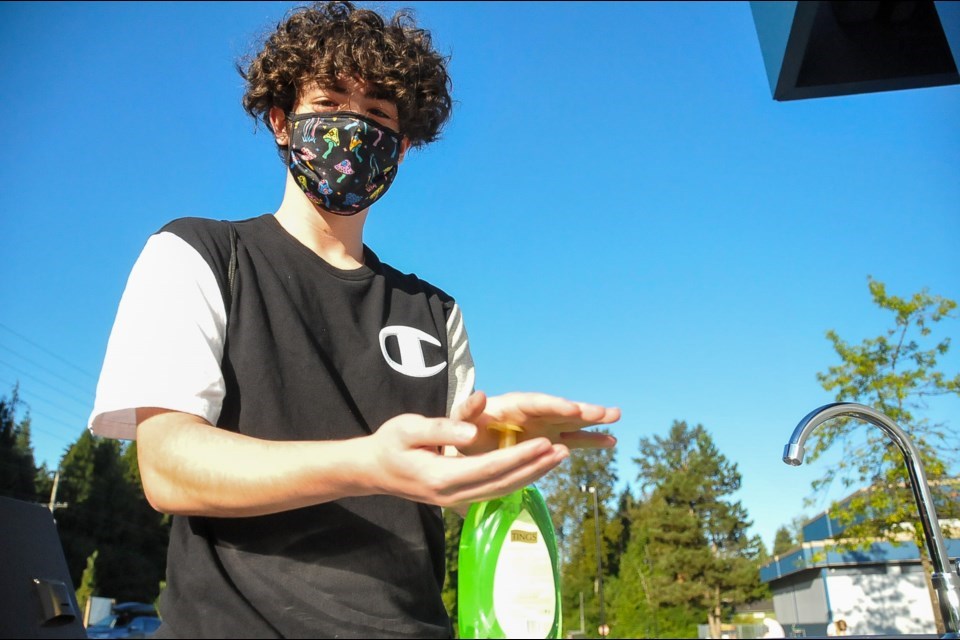Four more Coquitlam schools have been added to the list of COVID-19 exposures across the region as of Tuesday, raising the total number of Tri-Cities schools with active COVID-19 exposures to 25.
The heightened number of exposures come as Fraser Health moves to vaccinate all Port Coquitlam residents between 40 and 55 after the city was identified as one of 13 communities across the province deemed a "high-risk neighbourhood."
Fraser Health is reporting active exposures at Pinetree secondary and Rochester elementary on April 9 and at Nestor elementary on April 14 and 16.
Centennial secondary, meanwhile, has been flagged for exposures on April 8, 9, 14, 15 and 16.
Additional exposures have been added at Citadel middle and Terry Fox secondary on April 13 and 14, whereas Riverside has been flagged for a fifth date of active exposure on April 13.
The independent Archbishop Carney secondary school continues to be a hotbed of COVID-19 exposures. In addition to previously revealed active exposures on April 6, 7, 8 and 9, further exposures have been listed on the 12, 13, 14 and 15.
The independent Queen of All Saints school has also had exposure dates added on April 12, 13, and 14, raising its active exposures to six days, and the French immersion Ecole des Pionniers-de-Maillardville is also now reporting six days of exposures on April 6, 7, 12, 13, 14 and 15.
WHAT IS AN EXPOSURE?
A school “exposure” indicates a single person with a lab-confirmed COVID-19 infection attended school during their infectious period.
A school “cluster,” on the other hand, indicates possible school-based transmission with two or more lab-confirmed cases of COVID-19 attending school while infectious.
Finally, an “outbreak” at a school means “multiple individuals with lab-confirmed COVID-19 infection” and that “transmission is likely widespread.”
SCHOOL EXPOSURES A LIMITED SOURCE OF TRANSMISSION: STUDY
School exposures have been steadily rising since the return from spring break in the Tri-Cities. The time off coincided with an increase in cases among young people, and that, added Henry, “has led to an increase in exposure events in schools when the spring break ended.”
Because of the recent spike, School District 43 educators and support workers who work in Coquitlam, Port Coquitlam and Port Moody schools are now eligible for COVID-19 shots.
Last week, B.C.’s top doc pointed to two studies in Fraser Health and Vancouver Coastal Health indicating that schools continue to remain a muted source of transmission compared to the size of the student population.
Between Jan. 1 and March 7, 2,049 COVID-19 cases were identified among school staff and students in the Fraser Health region. Of these, 83% of cases were students.
But public health determined only 267 of the cases were “likely” acquired in a school itself, and when transmission did occur in schools, it would typically lead to just one other case. Additionally, there was no transmission identified at about 85% of Fraser Health schools during this period.
See the map below for a full list of active and historical exposures:
— With files from Nicholas Johansen




